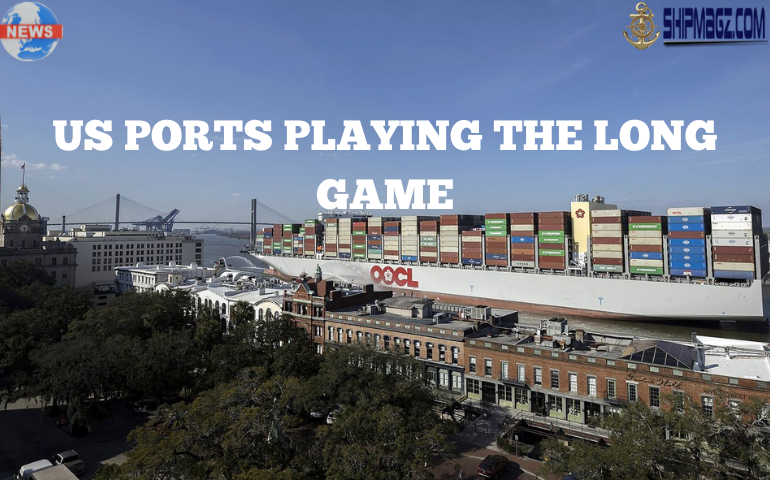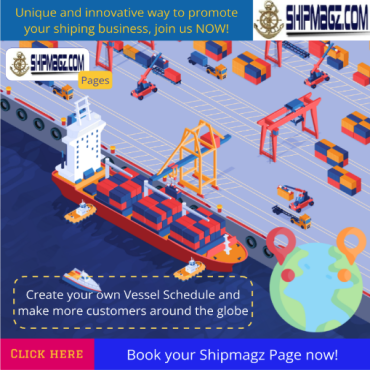US Ports Playing the Long Game
Publish Date:

East Coast and Gulf Coast U.S. ports are making major capacity investments to secure a stronger role in global trade — even as U.S. trade policies (tariffs, port-fees, crane duties) add pressure and uncertainty.
- Strategic Capacity Expansion
- U.S. East Coast and Gulf Coast ports are aggressively investing to expand their infrastructure.
- These expansions are aimed at solidifying their importance in global shipping networks and increasing throughput.
- Trade Policy Headwinds
- Recent U.S. trade measures are complicating the growth plans: new tariffs on Chinese goods, fees on China-linked vessels, and proposed duties on STS cranes.
- These policies are raising operational costs and increasing risk for port operators.
- A possible one-year suspension of port-fees on Chinese vessels is under discussion.
- Geopolitical Motivation
- Some of the trade measures (e.g., port fees on Chinese-built ships) appear to be driven by U.S. efforts to rebuild domestic shipbuilding capacity.
- Imposing or threatening duties on Chinese-made port equipment (like STS cranes) is part of a broader policy push to reduce dependency on China.
- Balancing Act
- While the ports are “playing the long game” with investment, they must navigate the tension between long-term infrastructure growth and short-term policy risk.
- The outcome of these investments will depend not just on the success of the port expansions, but also on how U.S.–China trade policy evolves.










